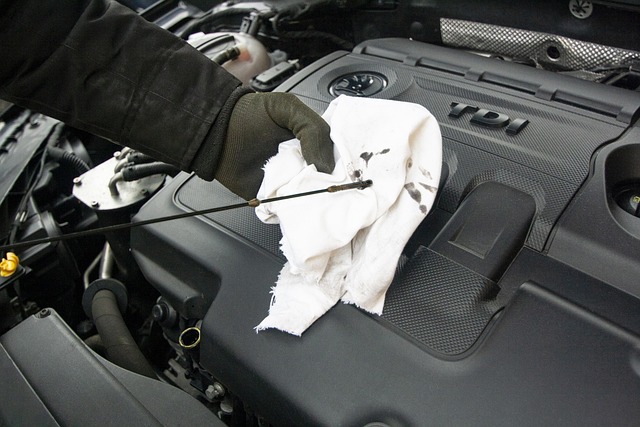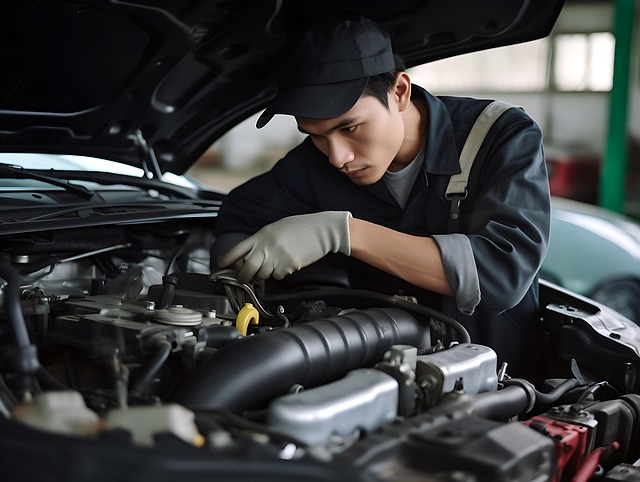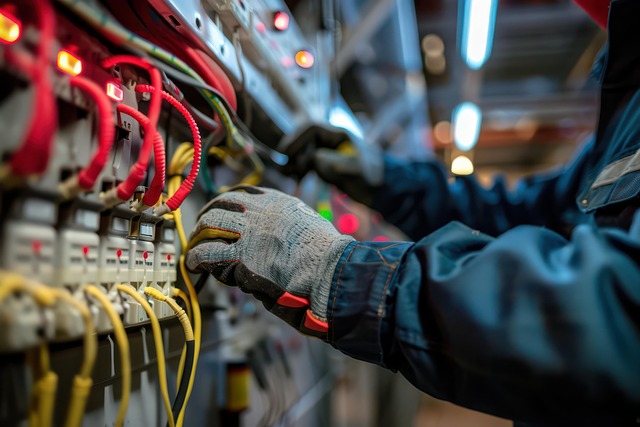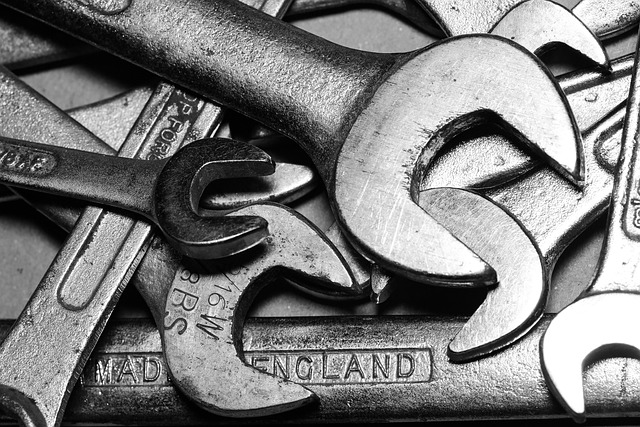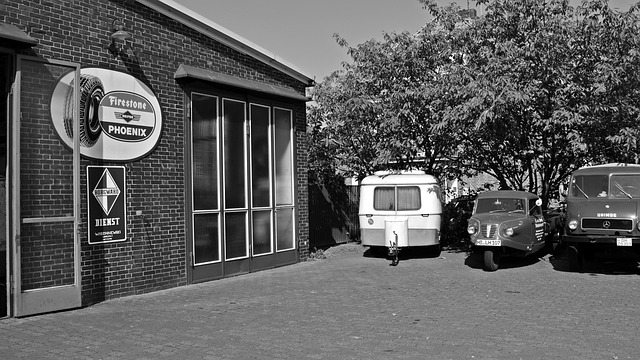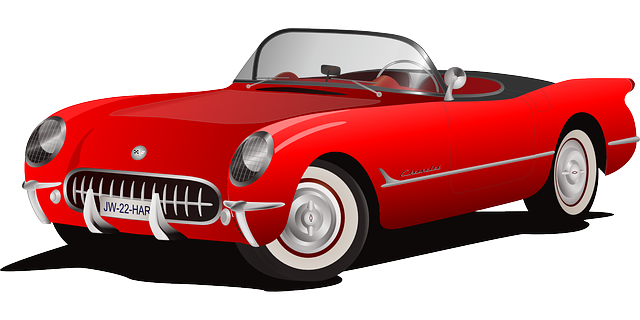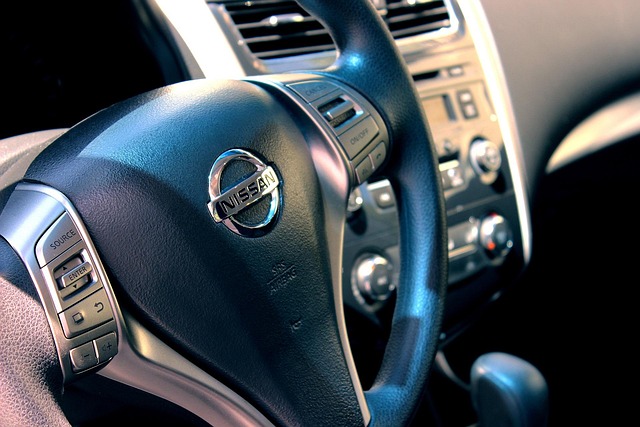Tesla Toolbox Diagnostics is a powerful software solution revolutionizing vehicle maintenance for Tesla cars. It offers real-time data, historical logs, and advanced diagnostic features, streamlining auto body services and collision centers' work. While compatibility varies by model—with Model S having more advanced interfaces than older models like Model 3—specialized tools are crucial for certain systems like paint protection in Model Y. Regular software updates enhance diagnostics, ensuring optimal performance, efficient troubleshooting, and enhanced customer satisfaction through top-tier bodywork services for all Tesla models.
“Unleash the power of Tesla Toolbox Diagnostics—a comprehensive tool for vehicle enthusiasts and professionals. This article provides a detailed guide to understanding and utilizing this powerful software, focusing on compatibility by model. From Model S to Cybertruck, we break down each vehicle’s unique diagnostic capabilities. Learn about troubleshooting techniques and stay updated with future enhancements, ensuring you make the most of your Tesla Toolbox. Discover the ins and outs of diagnostics and elevate your Tesla ownership experience.”
- Understanding Tesla Toolbox Diagnostics: A Comprehensive Overview
- Vehicle Models and Compatibility: A Detailed Breakdown
- Troubleshooting and Future Updates: What to Expect
Understanding Tesla Toolbox Diagnostics: A Comprehensive Overview
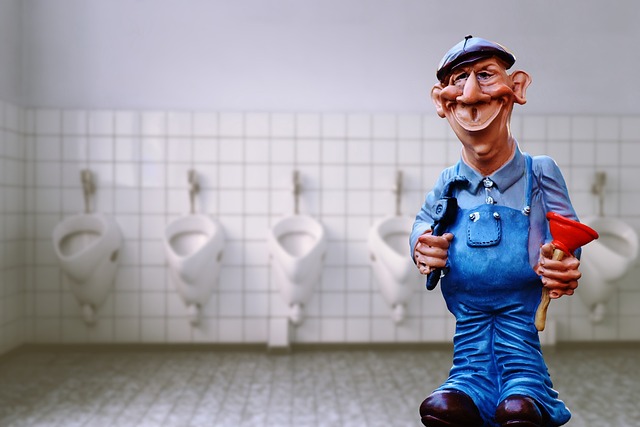
Tesla Toolbox Diagnostics is a powerful tool designed to streamline vehicle maintenance and repair for Tesla vehicles. It provides a comprehensive suite of diagnostic capabilities, offering both real-time data and historical logs. This software is a game-changer for auto body services and collision centers, as it enables them to efficiently diagnose and address various issues within the electric vehicle (EV) ecosystem.
By utilizing the Tesla Toolbox, technicians can access detailed information about the vehicle’s performance, including sensor readings, system status, and potential faults. This real-time visibility into the vehicle’s health is a significant advantage over traditional diagnostic tools, especially when it comes to complex EV systems. It simplifies the process of troubleshooting, making auto collision centers more equipped to handle modern electric vehicle repairs and maintenance, ultimately enhancing customer satisfaction with top-notch bodywork services.
Vehicle Models and Compatibility: A Detailed Breakdown
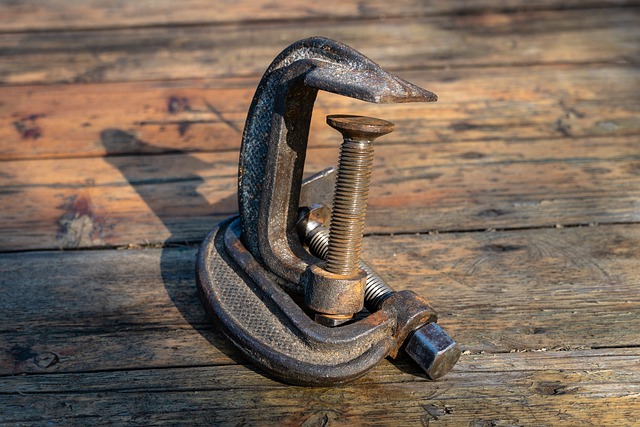
Tesla Toolbox diagnostics compatibility varies across different vehicle models, each with unique electronic systems and diagnostic requirements. Understanding this compatibility is crucial for efficient collision repair services and car body restoration processes. The Tesla Model S, for instance, has a more advanced diagnostic interface compared to the older Model 3, necessitating specific tools for accurate reading of its sensors and control modules.
When it comes to vehicle paint repair, certain models like the Tesla Model Y possess sophisticated paint protection systems that require specialized diagnostics for proper maintenance. As such, the choice of diagnostic tools must align with the specific Tesla model to ensure optimal performance and avoid damaging sensitive electronic components. This detailed breakdown emphasizes the importance of using appropriate tools, catering to both common and niche collision repair services and vehicle body restoration needs within the Tesla toolbox diagnostics ecosystem.
Troubleshooting and Future Updates: What to Expect
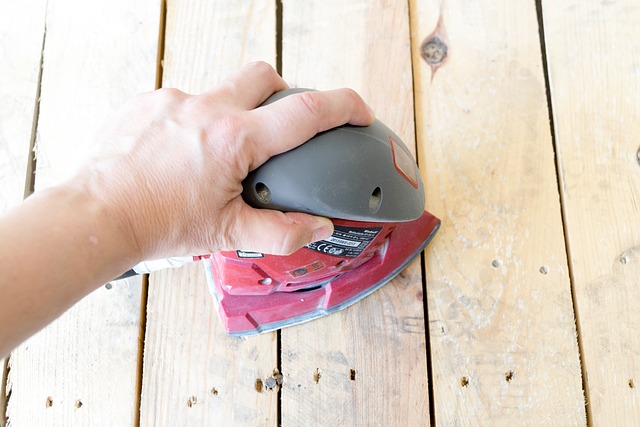
When it comes to Tesla Toolbox diagnostics, troubleshooting is an inevitable part of the process, especially as vehicles age and technological advancements introduce new complexities. However, owners can rest assured that ongoing software updates from Tesla play a significant role in enhancing diagnostic capabilities over time. As new models hit the market, older ones benefit from improved firmware, making advanced features like autonomous driving functions more accessible to previous generations.
Future updates for Tesla Toolbox diagnostics are expected to bring about even greater compatibility and functionality. Regular firmware upgrades will not only fix bugs but also add new tools that cater to various tasks, from routine car maintenance to complex repairs. Considering the rapid pace of technological evolution, these updates ensure that Tesla owners can access a wide array of diagnostic services, ultimately streamlining car restoration and repair processes, including those for auto glass repair.
The Tesla Toolbox Diagnostics offers a powerful set of tools for vehicle maintenance and troubleshooting, with compatibility varying across different Tesla models. By understanding the specific capabilities and limitations of each model, owners can effectively utilize this software to enhance their car’s performance and address potential issues. As technology advances and updates roll out, keeping up with the latest developments in Tesla toolbox diagnostics will ensure vehicle owners have access to efficient and comprehensive troubleshooting methods, fostering a seamless ownership experience.
